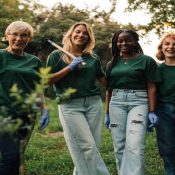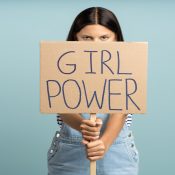
Education as Empowerment: Can Knowledge Unlock Women’s Potential?
Education has been one of the main pillars of women empowerment- through literacy groups to access university and vocational training. Every increase of the educational possibilities stimulated political activity, economic self-sufficiency, and local leadership. The knowledge of this family is helpful in explaining why lifelong learning that is fair is at the center of gender justice.
Inclusive Narratives
Successful resources should take into account diverse needs: employed caregivers who need to work with flexible timetables; students who have to overcome economic and cultural obstacles; and activists who need security and internet access. The inclusion of accessibility, and multilingual content, and trauma-informed programs expand the reach and influence.
Education into Engagement
Knowledge coupled with practice in training brings about long lasting change. Civic workshops make the public meetings and budgets demystified, leadership institutes build their negotiation and media skills, financial literacy and entrepreneur training open livelihood opportunities, and digital literacy training safeguard organizers and journalists.
Action to Story: Making Insight an Impact.
Leadership as a Practice
Leadership develops by doing: facilitated conversation, coaching colleagues, and keeping journals. Cohorts Community-based cohorts assist participants in setting goals and testing strategies and give feedback. Mentorship (formal or peer-driven) speeds up development, whereas alumni networks have been shown to maintain cooperation outside of one course.
Historical Places as Learning Centers
The museums, community centres, libraries and local councils are doubled up as classrooms. Women movements exhibitions can be the base to hold a workshop on messaging, advocacy planning, or grant writing. The community gets to practice testimony in public hearings and get practical skills in technology, design, and business in maker spaces and business incubators.
Creating Sustainable Movements
Educational ecosystems are fostered when they:
Mingle theory and practical projects related to the actual needs of a community.
Provide alternative modalities (face-to-face, hybrid, asynchronous).
Offer wraparound services- child care, stipends, transportation and accessibility.
Test results (completion, civic participation, career progress) and repeat.
Practical Steps Today
Select your learning objectives: policy advocacy, speaking in public, budgeting, or digital safety.
- Take convenient programs (community college, adult school or reputable internet programs).
- Participate in a study circle and read together, discuss and practice.
- Complete a capstone project – organize a voter education campaign, write a policy brief, or organize a town hall.
- Record findings and templates to be shared to ensure that others can copy.
FAQs
What are the most helpful resources to facilitate the learning of women rights?
One that is a combination of rights literacy (constitutions, local ordinances), advocacy skills (campaign planning, media), and practical supports (childcare, stipends, safety protocols). Couple courses that are mentored in the real world.
So what can one do when he or she is short of time or money?
Make use of free/low-cost community classes and open online resources. Select micro-learning units, practice once a week, and collaborate with others in order to hold oneself accountable.
How are programs made inclusive and effective at organizations?
Their features include co-designing with participants, publishing clear results, and auditing accessibility and the change in civil engagement and leadership positions of participants over time.




